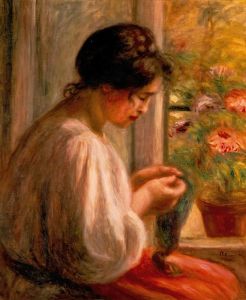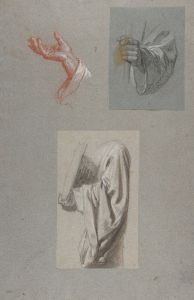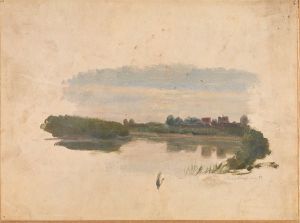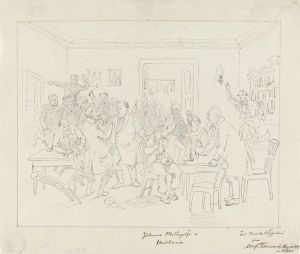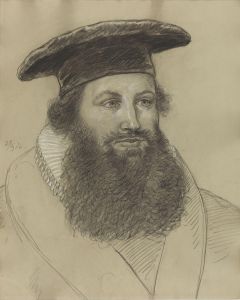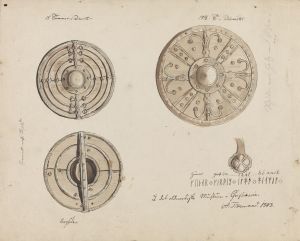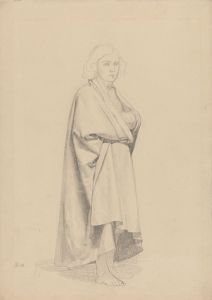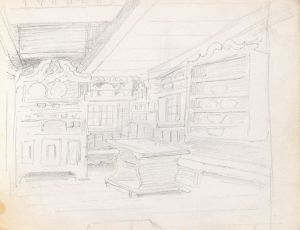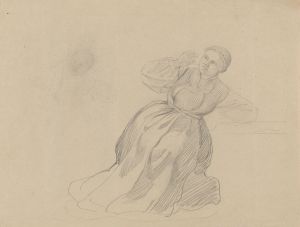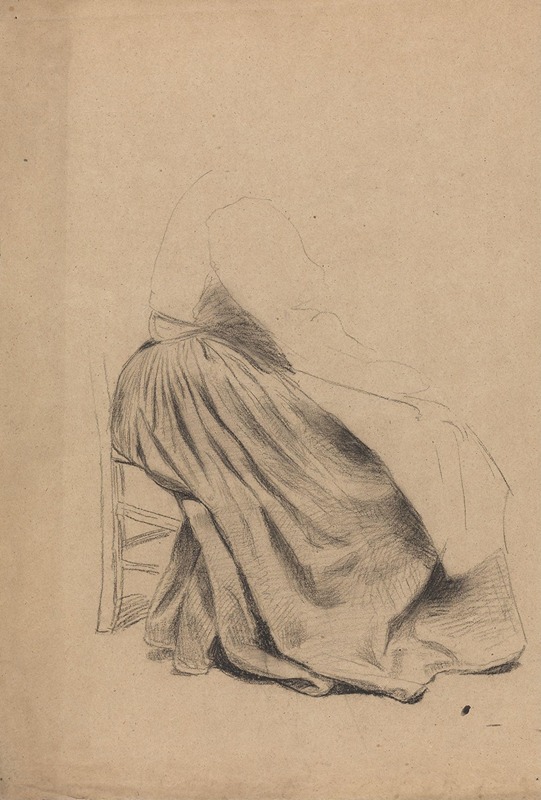
Draperistudie
A hand-painted replica of Adolph Tidemand’s masterpiece Draperistudie, meticulously crafted by professional artists to capture the true essence of the original. Each piece is created with museum-quality canvas and rare mineral pigments, carefully painted by experienced artists with delicate brushstrokes and rich, layered colors to perfectly recreate the texture of the original artwork. Unlike machine-printed reproductions, this hand-painted version brings the painting to life, infused with the artist’s emotions and skill in every stroke. Whether for personal collection or home decoration, it instantly elevates the artistic atmosphere of any space.
Adolph Tidemand, a prominent Norwegian painter of the 19th century, is best known for his depictions of Norwegian folk life and traditions. Among his works is the painting titled Draperistudie (Study of Drapery). This piece is a study rather than a finished composition, showcasing Tidemand's focus on mastering the representation of fabric and clothing in his art.
The painting reflects Tidemand's dedication to detail and his interest in accurately portraying textures and folds in drapery, which were essential elements in his larger, more complex works. Such studies were common practice among artists of the time, as they allowed painters to refine their techniques and better understand the interplay of light, shadow, and form on different materials.
Adolph Tidemand was born on August 14, 1814, in Mandal, Norway, and studied art in Copenhagen, Düsseldorf, and other European cities. He became a central figure in the Düsseldorf School of painting, which emphasized detailed realism and often focused on historical or folkloric themes. His works frequently depicted scenes of rural Norwegian life, capturing the customs, costumes, and landscapes of the country during the 19th century.
While Draperistudie itself may not be as widely recognized as some of Tidemand's larger compositions, such as Haugianerne (The Haugeans) or Brudeferden i Hardanger (The Bridal Procession in Hardanger), it serves as an example of the meticulous preparation and skill that underpinned his artistic achievements. Studies like this one were integral to the creative process, enabling Tidemand to achieve the lifelike and evocative quality for which his works are celebrated.
The exact date of creation for Draperistudie is not documented, but it likely falls within the period of Tidemand's active career, which spanned the mid-19th century. The painting is an example of his commitment to academic training and his ability to translate careful observation into art.
As with many studies, Draperistudie may not have been intended for public exhibition but rather served as a tool for the artist's personal development. Today, such works provide valuable insight into the methods and practices of 19th-century painters like Tidemand, offering a glimpse into the artistic process behind their celebrated masterpieces.






